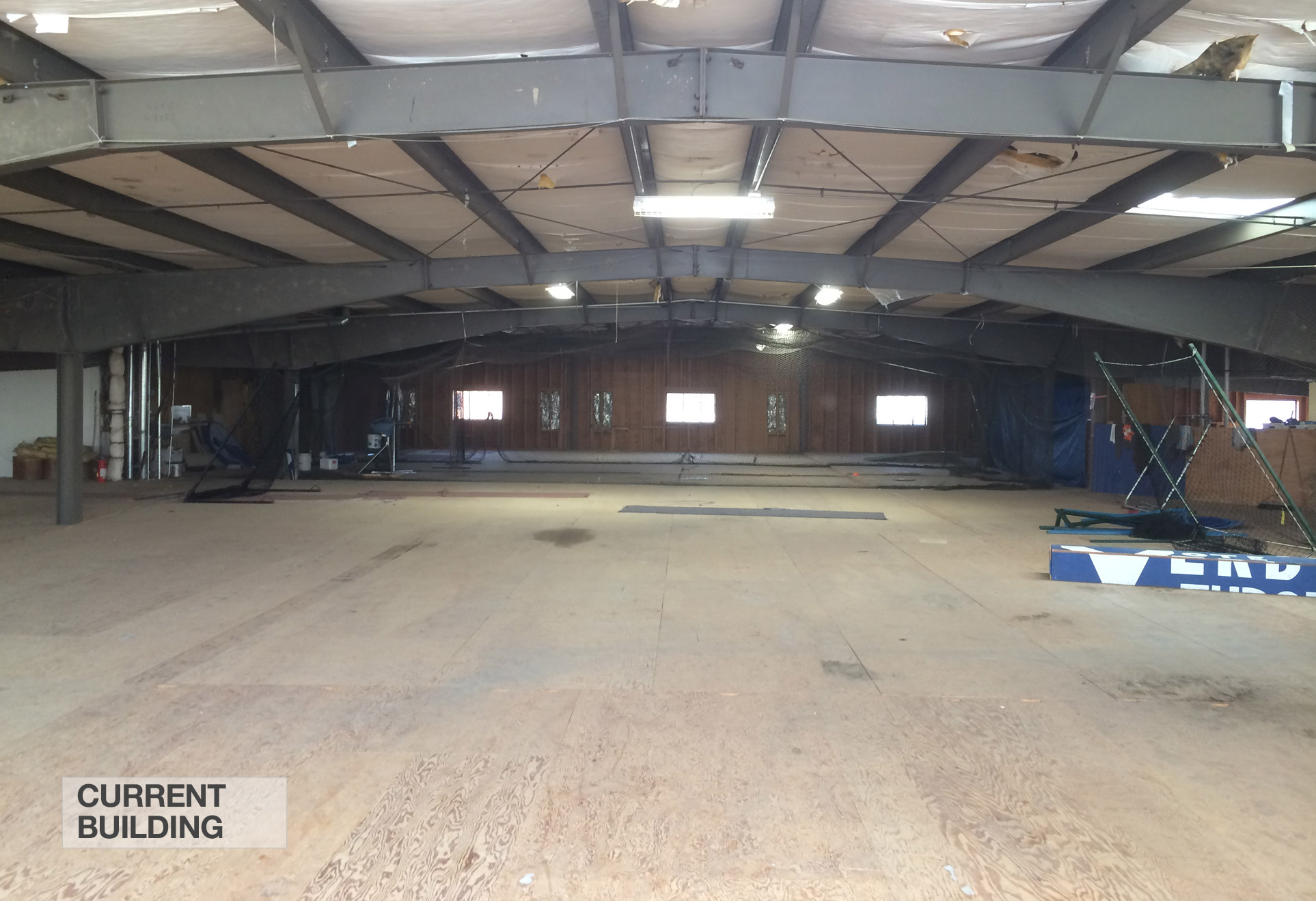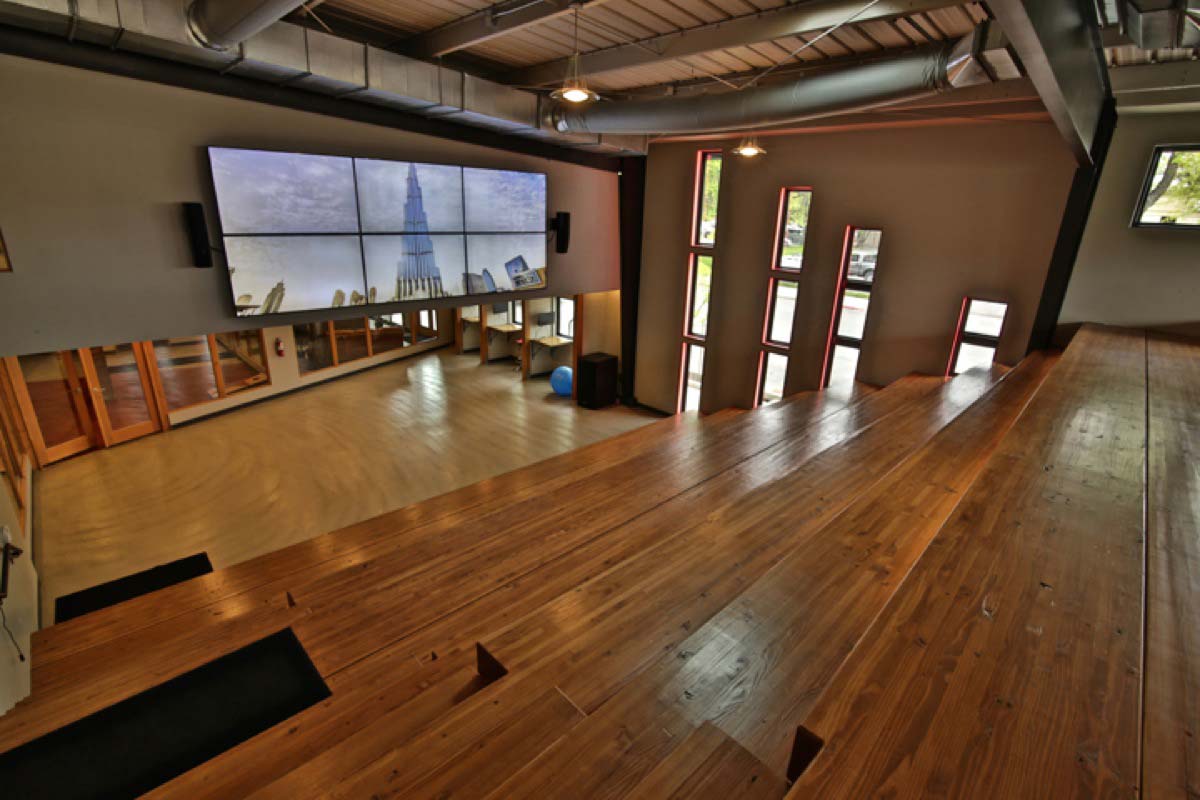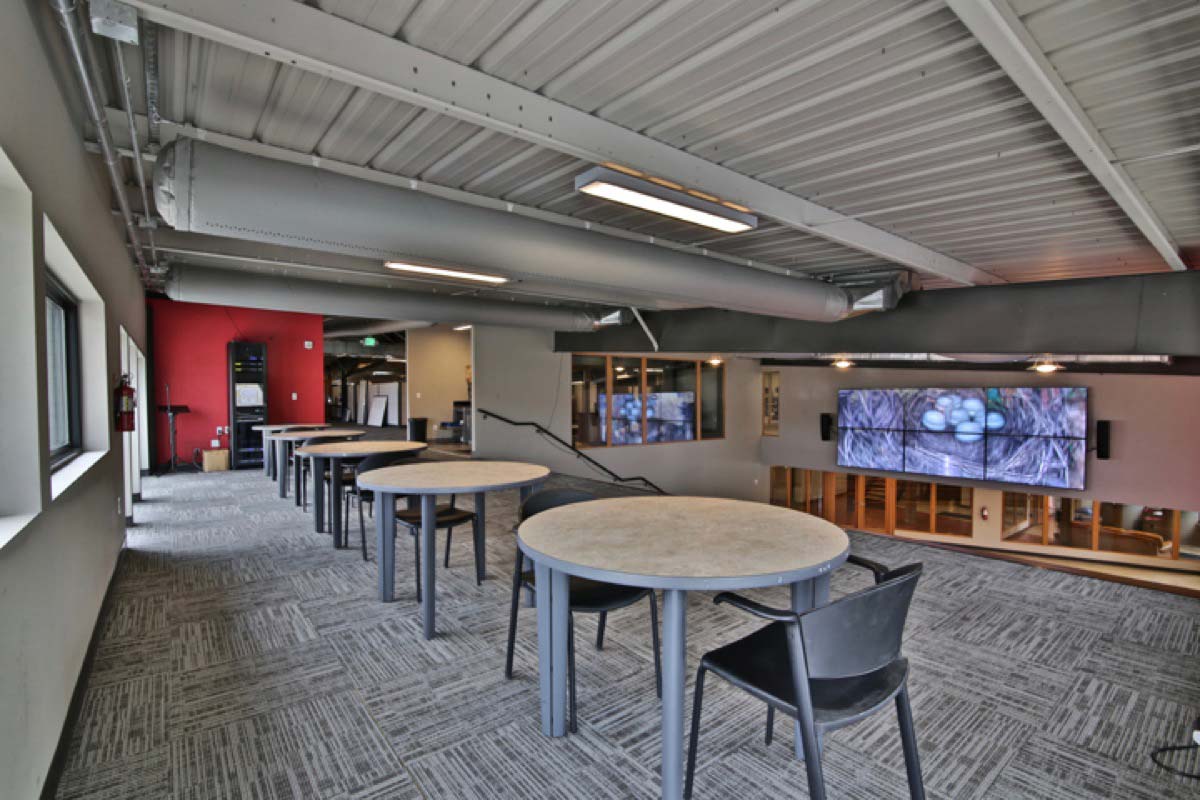Best of 2019: One Line of Your Zoning Code Can Make a World of Difference
It’s incredible when you think about it. It may be just a single clause in a document several hundred pages long. But that clause—and in particular those two simple words “shall provide”—have an outsized effect on whether your town and city is getting stronger or growing increasingly fragile.
We’re talking, of course, about parking minimum requirements. We’re so passionate about ending parking minimums that, every year, we devote an entire week of content (the week of Thanksgiving, no less) to focus on just this issue. Our annual #BlackFridayParking campaign generates news coverage and social media participation from across North America. The good news is that towns and cities everywhere are beginning to repeal or relax this costly bit of zoning code.
What we love about this article—published last January—is how the author, the Director of Planning & Community Development for the city of Sandpoint, describes the ripple effect relaxing these requirements had on his own community. Sandpoint, Idaho didn’t even end off-street parking minimums citywide—just downtown. And yet what came of that courageous decision (jobs, innovation, investment dollars) amounts to a stunning success story. It is a powerful testimony to what can be possible when we start to prioritize people and places over parking. — Strong Towns Staff
In 2009, as buildings were being bulldozed for surface parking to meet minimum standards in Historic Downtown Sandpoint, Idaho, city leadership took bold action. Downtown area off-street parking requirements were completely eliminated. The decision was preceded by heated debate and was not unanimous. Now, ten years later, what was the result?
Since that contentious decision by the Sandpoint City Council, millions have been invested downtown—projects that would not have been feasible, but for the elimination of parking requirements. Several jobs, building renovations, and expansions by local businesses were essentially made possible by adding a single line of code.
Joel’s Mexican in Sandpoint, ID
Arguably, no city ordinance is more underestimated for its long term impacts than off-street parking requirements. Many cities are now starting to recognize the negative effects parking minimums can have on housing affordability, historic preservation, the environment, small businesses, walkability and municipal budgets. In Sandpoint, some of these effects were not hypothetical but happening right before our eyes. The 2009 approval of a 60,000 square foot, 3-story bank headquarters in the heart of downtown ended up requiring 218 parking spaces. Because only 110 were provided (which was plenty), the bank was subjected to in-lieu parking fees totaling over $700,000. Well, being bankers, they soon realized the cheaper alternative was to buy up adjacent properties and demolish the buildings for surface lots. Consequently, small businesses were evicted and the much-beloved downtown historic development pattern was diminished.
This experience caused city leaders to pause, reflect, and take action to ensure this would not happen again. Now we are realizing the dividends paid over time. That single line of code abolishing off-street parking minimums downtown has enabled four distinct projects that would have been otherwise impractical. Each of these projects has enriched Sandpoint by contributing vibrancy, economic productivity and an increase in tax base.
Four Success Stories Made Possible by Parking Reform
The first was an expansion of a popular taqueria. A modest increase of seating area prior to the code change would have required 7 additional parking spaces, or $70,000 in fees. That’s just too many tacos. For a small local restaurant (one which began as a food truck), this would have ended the project before it began. Instead, the venture ushered in other business expansions and downtown improvements.
The local winery soon after not only expanded but the owners were able to transform “…a defunct former furniture store into a vibrant mixed-use showcase blend of old and new materials and design ... bringing renewed prominence and economic energy to this corner of Sandpoint’s downtown,” according to Idaho Smart Growth, which bestowed a Grow Smart Award for the renovation in 2015. Had there been off-street parking requirements in place, it never could have happened.







The same is true for Sandpoint’s premier music venue downtown which now brings in world renowned musicians consistently and is attended by music lovers regularly—some of whom travel considerable distances from Washington, Montana and even Canada.
More recently, a small local tech startup started to feel extreme growing pains once their platform became recognized for its innovation. Rather than relocating, they renovated an old, dilapidated steel frame building downtown that was originally constructed to house lumber supplies. It is now a modern tech campus, which houses close to 100 full time employees. Despite having a sizable surface parking lot, the owners would have needed to roughly double the amount of parking (or pay exorbitant fees). This last example alone, compared to tax assessor data from the year before, resulted in an assessed value increase of over $2 million. Beyond an increase in property tax, the centrally located tech jobs have had many other positive rippling effects through Sandpoint’s economy.










One. Line. Of. Code.
At this point you’re probably wondering about the fears of those who opposed the rule change. “So, is there now a parking problem?” If you believe that in a downtown area you should not have to walk a couple of blocks at certain times, then yes, there is a problem. But is that really a problem or an indicator of success?
A vibrant downtown is where people go to see and be seen by others. If Downtown Sandpoint were vacant and subsequently full of empty parking spaces, why would anyone go there at all? In this sense, the only thing worse than having a parking problem is not ever having a parking problem.
Now, this is not to say the city should ignore the issue of parking altogether. It should also be pointed out that not every new development elects not to provide parking. There are other solutions beyond mandated parking minimums, however, which won’t sack a downtown or diminish economic productivity.
A Positive Precedent
The Hive music venue after expansion.
Towards the close of 2018, Sandpoint expanded the de-regulated area and completely overhauled off-street parking requirements throughout the rest of the city—substantially reducing minimum requirements. It was much easier this time around. The reason? The City was able to see the millions invested downtown as a result of that bold action taken in 2009. Since that time (even during the recession), Downtown Sandpoint has seen the local winery building expand, a new music venue open, a beloved restaurant expand, and a local high tech startup enjoy relocation and growth to nearly 100 employees right in the middle of it all. Not one of these investments would have been possible under the old paradigm of mandated parking minimums. Was it easy? No. Is there more work to be done? Likely, yes. Has it been worth it so far? Absolutely.
Photos courtesy of Winterhawk Construction, Kochava, Belwood 301, The Hive, Joel’s Mexican
About the Author
Aaron Qualls is the Director of Planning & Community Development for the city of Sandpoint, Idaho. He shared this essay with us about the benefits Sandpoint has seen in the ten years since it removed all minimum parking requirements in its downtown, and we’re pleased to share it with you.



Amy Emery is a community leader focused on fostering sustainable growth and smart development in Warrenville, Illinois. She joins Norm to discuss several ways the city is working to build a core downtown. (Transcript included.)